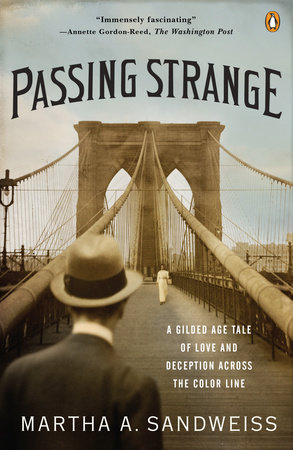“Skinfolks” and “Kinfolks”: Racial Passing in American Films 1930-1960Posted in Literary/Artistic Criticism, Media Archive, Passing, United States on 2010-08-25 02:40Z by Steven |
“Skinfolks” and “Kinfolks”: Racial Passing in American Films 1930-1960
Department of American Studies
University of Virginia
Summer 2002
Introduction
Characters with a desire to become something that they are not in order to escape their realities have been present from the earliest American films to the present. The popular encyclopedia of American cinema, Videohound, categorizes films with these characters under “Not-So-Mistaken-Identity”. Of these “not-so-mistaken identity” films, more than half of the characters in question are black passing as white. This reflects the American obsession with race, authenticity, and reinvention.
As characters whose racial identity could rest somewhere between black and white, passing characters have the potential to subvert racial categories by proving the falsity of the black and white racial binary. Elaine Ginsberg argued that the power of passing narratives is “its interrogation of the essentialism that is the foundation of identity politics, passing has the potential to create a space for creative multiple identities, to experiment with multiple subject positions, and to cross social and economic boundaries that exclude or oppress.” However in most popular American films, these characters are never allowed the freedom to define themselves and live with their choices.
Despite the possibilities their existence in a society anxious about interracial sex suggests, they are actually used most often to prove that it is not possible to transcend racial categories. And just in case the repeated humiliation, violence, and personal sacrifices they endure in the films did not persuade the audience to value stability in racial identity, more traditional, stereotypical black characters are always present, and usually placed at the moral center of the films, to reinforce racist definitions of blackness and whiteness…
Visit the website here.



